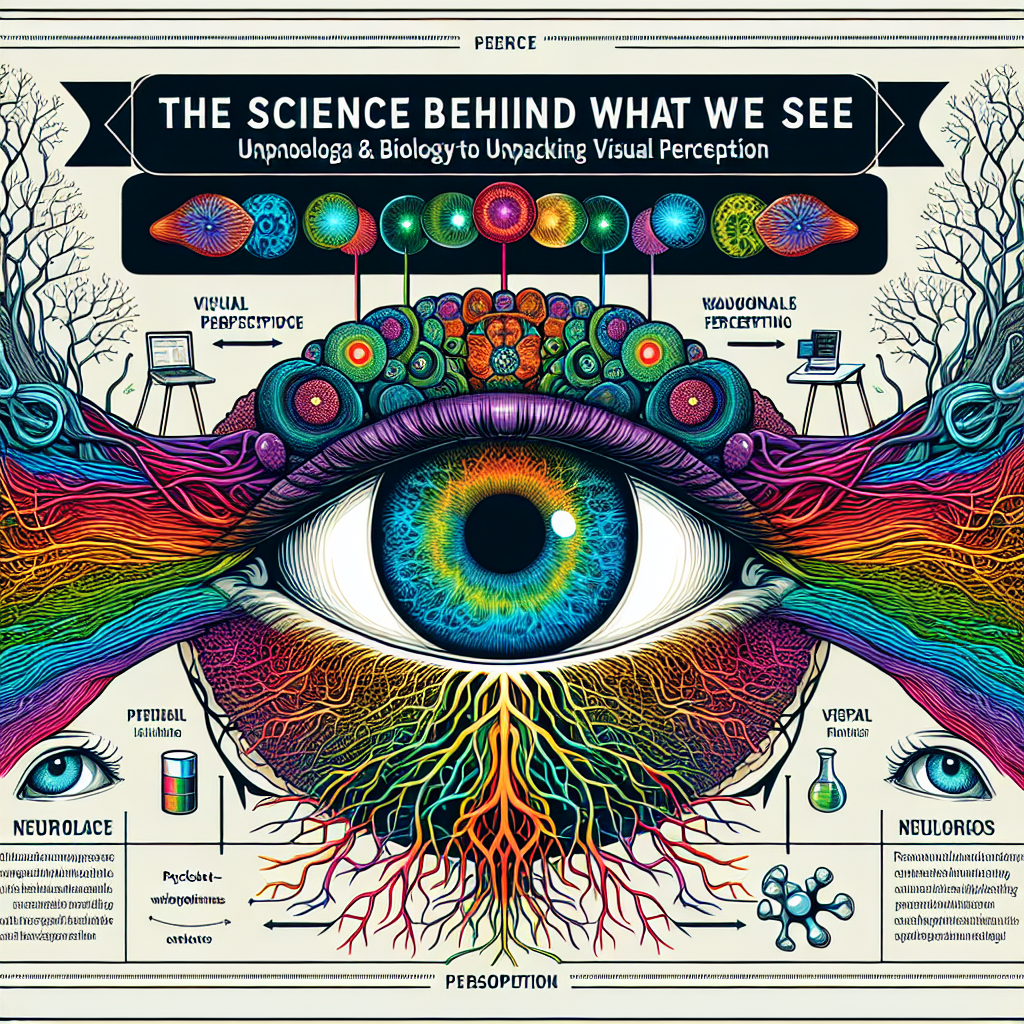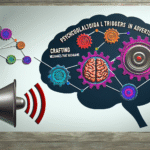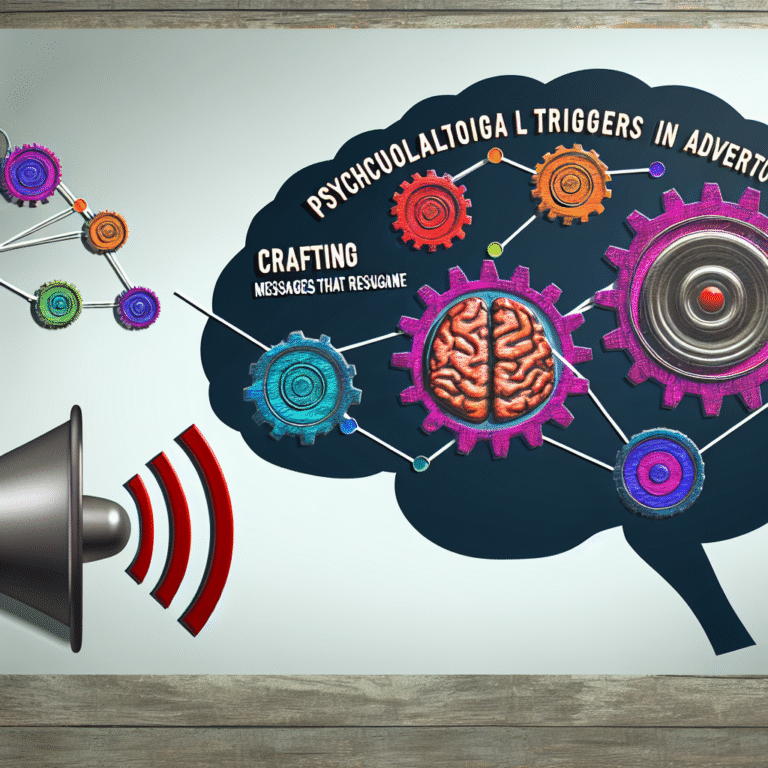
Introduction
Have you ever wondered why the sky appears blue or how optical illusions can trick our minds? The Science Behind What We See: Unpacking Visual Perception is not just a topic for scientists or scholars; it impacts our daily lives, influencing how we interact with the world. Our understanding of visual perception shapes everything from art to safety, marketing to technology. Today, we embark on an enlightening journey to explore the intricate mechanisms behind our sight, unveiling the secrets that govern our visual experiences.
The Basics of Visual Perception
Visual perception is defined as the process by which our brains interpret visual information received from our eyes. This involves several stages, from the moment light enters the eye to the complicated workings of the brain interpreting what we’ve seen.
How Vision Works
- Light Entry: Light rays bounce off objects and enter the eye through the cornea, passing through the pupil, and are focused by the lens onto the retina.
- Phototransduction: Specialized cells in the retina called photoreceptors (rods and cones) convert light signals into electrical impulses.
- Signal Transmission: These impulses are transmitted via the optic nerve to the brain’s primary visual cortex, where they are further processed.
Table 1: The Path of Visual Information
| Stage | Description |
|---|---|
| Light Entry | Light enters the eye through the cornea and pupil. |
| Phototransduction | Rods and cones convert light into electrical signals. |
| Signal Transmission | Impulses travel along the optic nerve to the brain. |
| Brain Processing | The visual cortex interprets the signals into perception. |
Types of Visual Perception
Color Perception
Color perception is a fascinating aspect of visual perception. Humans can distinguish millions of colors, thanks to the cones in our retina. There are three types of cones responsible for color vision, sensitive to different wavelengths of light: red, green, and blue.
Case Study: The Dress Phenomenon
In 2015, a photograph of a dress went viral on the internet, sparking intense debate about its color. Some users perceived it as blue and black, while others saw it as white and gold. This phenomenon highlights how individual differences in color perception can lead to drastically different interpretations of the same visual input.
Depth Perception
Depth perception allows us to judge distance and three-dimensionality, crucial for activities like driving or playing sports. Binocular and monocular cues help our brain gauge spatial relationships.
Table 2: Depth Perception Cues
| Cue Type | Description |
|---|---|
| Binocular Cues | Requires both eyes (e.g., retinal disparity) |
| Monocular Cues | Can be perceived with one eye (e.g., motion parallax) |
The Role of Context in Visual Perception
Our perception is heavily influenced by context, experience, and expectations. What we see is not merely a direct reflection of the external world, but rather a blend of sensory input and cognitive processing.
The Müller-Lyer Illusion
An iconic example is the Müller-Lyer illusion, where two lines appear to be different lengths despite being the same. The arrows at the ends affect our perception based on contextual cues—evidencing the brain’s reliance on learned experiences when interpreting visual stimuli.
The Impact of Visual Perception in Real Life
Visual perception transcends academic curiosity; it plays a critical role in various fields, including marketing, safety, and the arts.
Marketing and Advertising
Brands often exploit visual perception principles to enhance product appeal. The use of color, imagery, and layout can significantly influence consumer behavior and decision-making.
Case Study: Coca-Cola’s Rebranding
Coca-Cola’s strategic choice of color and design demonstrates the power of visual perception. The brand’s red color not only captures attention but is also associated with feelings of warmth and joy, directly influencing consumer attraction and brand loyalty.
Safety and Navigation
In fields like transportation and urban planning, understanding visual perception can enhance safety. Designers utilize appropriate signage, color coding, and layout to ensure that crucial information is conveyed effectively and quickly.
The Neuroscience Behind Visual Perception
Understanding visual perception extends beyond simple observation; it delves into the intricacies of neuroscience.
Brain Regions Involved
Several areas of the brain work in concert to process visual information:
- Primary Visual Cortex (V1): The first area to receive visual signals from the retina.
- Fusiform Gyrus: Processes details about faces and object recognition.
- Parietal Lobe: Involved in spatial awareness and coordination.
Table 3: Key Brain Regions in Visual Perception
| Brain Region | Function |
|---|---|
| Primary Visual Cortex (V1) | Initial visual processing |
| Fusiform Gyrus | Face and object recognition |
| Parietal Lobe | Spatial awareness and coordination |
Conclusion
The Science Behind What We See: Unpacking Visual Perception ultimately reveals the complexities of how we interpret the world around us. From the physiological processes in our eyes to the cognitive factors that shape our perception, the journey through visual experience is rich and multifaceted.
We are reminded that vision is not merely a physical process; it’s an active engagement with our environment shaped by history, context, and brain function. Understanding this can empower us to improve how we design our spaces, craft our narratives, and communicate visually.
FAQs
1. What is visual perception?
Visual perception is how we interpret visual information from our surroundings through our eyes and brain.
2. How does color vision work?
Color vision relies on photoreceptors in our retinas that detect different wavelengths of light, allowing us to see a spectrum of colors.
3. What are some common visual illusions?
Visual illusions like the Müller-Lyer and Ponzo illusions demonstrate how context can alter our perception of size and distance.
4. Why is depth perception important?
Depth perception is crucial for everyday activities, helping us navigate spaces and judge distances accurately.
5. How can understanding visual perception benefit businesses?
By leveraging principles of visual perception, businesses can enhance brand attraction and consumer engagement through effective marketing strategies.
In exploring "The Science Behind What We See: Unpacking Visual Perception," we uncover not just a fascinating scientific domain, but a practical lens through which to view our daily interactions with the world around us. Embrace the nuances of perception and let them guide your understanding and experiences!

















